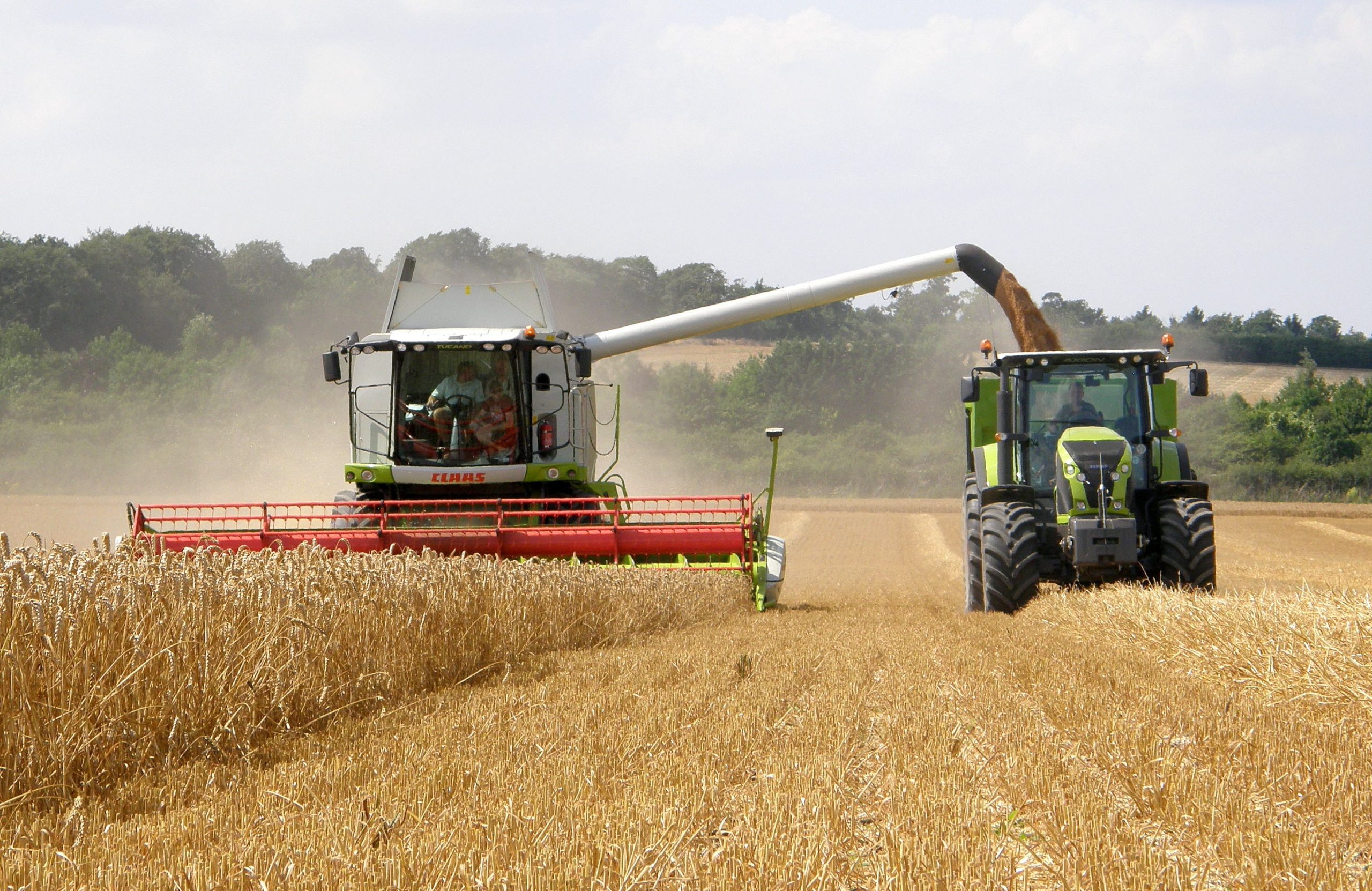More cereals worldwide, but EU below average

Cereal production in the European Union is forecast to be below average for a second year while the overall international market is experiencing record productions in some countries.
According to the summer short-term outlook report published by the European Commission, adverse weather conditions in various regions in Europe means cereal production is likely to be slightly below average.
Unfavourable conditions for winter and spring crops
Heavy rains and severe droughts have pushed yields downwards particularly in Spain where the projected winter barley yield is 21% below the trend, and spring barley is 33% below. Other areas of concern include north-western France and Belgium, where the combination of a dry May and a hot June resulted in unfavourable conditions for most winter and spring crops. As a result of this overall EU exports will be down and EU stocks are expected to tighten in the coming months.
Balanced by an increase in international cereal production, overall supply is expected to be ample and world prices are not likely to be significantly affected.
For the 2017/2018 year, the global cereal harvest is estimated to be just over 2 billion tonnes, which even though is 3% lower than last year, a high level of supplies following 2 ample harvests suggests global supplies will remain strong.
The report said the harvest of 2016/2017 has been confirmed as having the largest global cereal harvest in history. Despite record consumption levels, global stocks are expected to rise further at the end of this term to over 500 million tonnes. In the 2017/2018 year up to 740 million tonnes of wheat are expected to be produced globally, which is 2% lower than last year’s record crop.
Barley production remains high
A total of 294.6 million tonnes of cereals were produced in the EU last harvest, according to the European Commission which is 2% below the last five-year average.
The report says overall EU harvests of maize and common wheat were substantially lower than average, while the output of barley was good. In 2016/2017, 134.4 million tonnes of common wheat was produced in the EU. Barley production remained at a high level, with around 60 million tonnes harvested.
Romania saw particularly good harvests with yields almost 30% above the last 5-year average. However, output fell in France by 9%. The EU’s total cereal production is expected to be 298 million tonnes in 2017/2018, meaning 3.4 million tonnes more than the year previous.
Common wheat production is returning to a higher level than last year, at 139 million tonnes, up 3%. However, barley production is expected to fall to its lowest level since 2012/2013 to 57 million tonnes, 4% lower than last year.
A total of 173 million tonnes of cereals, principally wheat, maize and barley, were used for animal feed in the EU in 2016/2017.
The quantity of barley used for feed increased significantly because of a drop in exports and the relatively large EU harvest. However, the amount of wheat used for feed decreased due to limited availability.
Durum wheat expanding
Sown areas for 2017/2018 are likely to be slightly lower than for the previous marketing year. With 56.2 million hectares of cereals, the total area is 1.3% less than the previous year (and thus 2.3% below the last 5 year average).
Areas sown with maize, sorghum, triticale and rye are substantially below the last 5 year average, while barley and common wheat are only slightly below the last 5 year average. However, durum wheat and, to a lesser extent, oats, are expanding.











